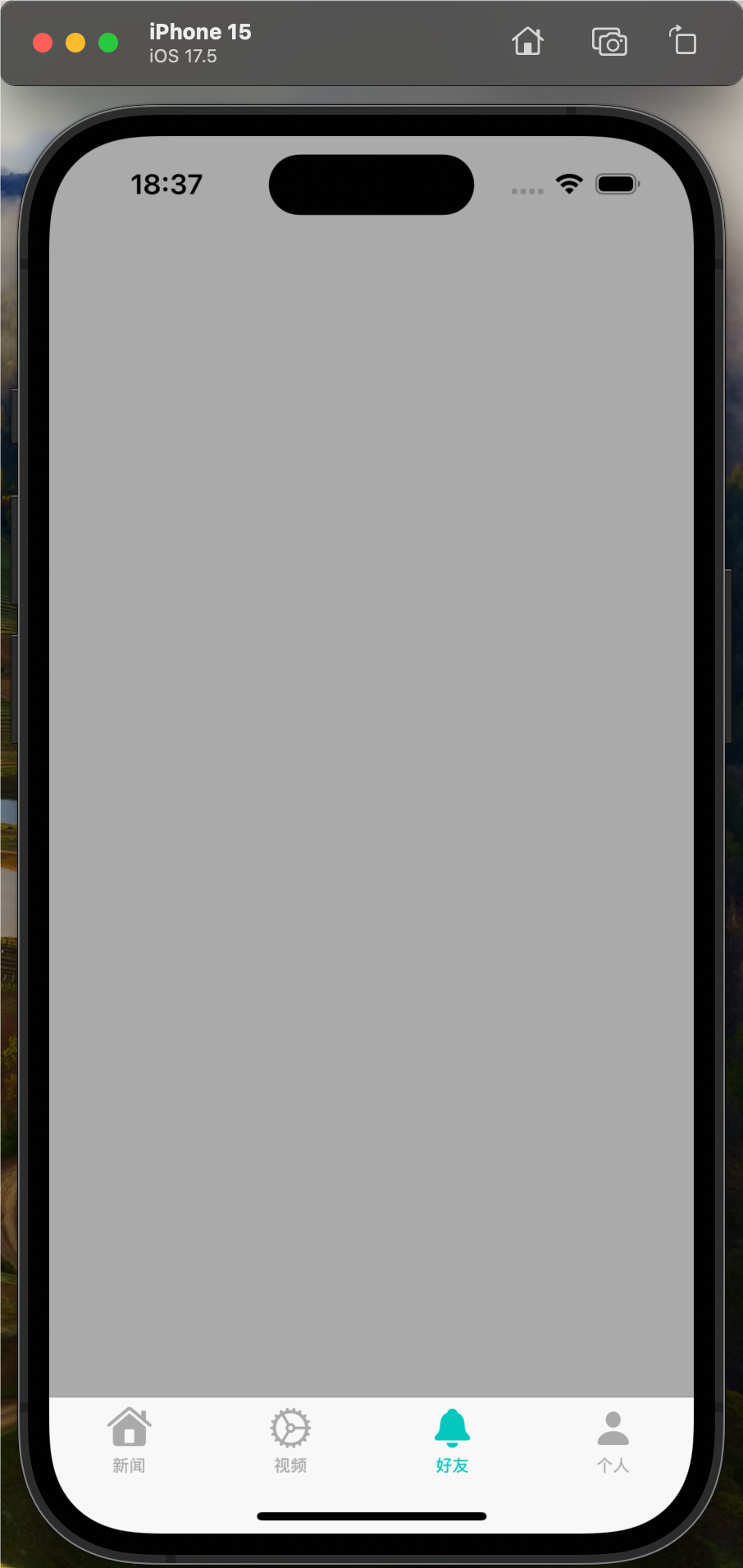从
Xamarin.com的例子可以建立基本的M.T.对话框应用程序,但如何构建现实生活中的应用程序?
你做:
1)从那里创建一个DialogViewController并树上每个视图/ RootElement,
2)为每个视图创建一个DialogViewController,并使用UINavigationController并根据需要推送它
根据你的答案,更好的反应是怎样的?我已经构建了示例任务应用程序,所以我了解向表中添加元素,单击它以转到“下一个”视图进行编辑,但是如何点击进行非编辑?如何点击一个按钮,如果答案是1,请去下一个视图?
修订:
可能没有一个正确的答案,但是我想出来的似乎对我们有用.来自上面的第2号是所选择的,下面是当前存在的代码示例.我们所做的是在AppDelegate中创建一个导航控制器,并在整个应用程序中访问它,如下所示:
public partial class AppDelegate : UIApplicationDelegate
{
public UIWindow window { get; private set; }
//< There's a Window property/field which we chose not to bother with
public static AppDelegate Current { get; private set; }
public UINavigationController NavController { get; private set; }
public override bool FinishedLaunching (UIApplication app,NSDictionary options)
{
Current = this;
window = new UIWindow (UIScreen.MainScreen.Bounds);
NavController = new UINavigationController();
// See About Controller below
DialogViewController about = new AboutController();
NavController.PushViewController(about,true);
window.RootViewController = NavController;
window.MakeKeyAndVisible ();
return true;
}
}
那么每个Dialog都有一个这样的结构:
public class AboutController : DialogViewController
{
public delegate void D(AboutController dvc);
public event D ViewLoaded = delegate { };
static About about;
public AboutController()
: base(about = new About())
{
Autorotate = true;
about.SetDialogViewController(this);
}
public override void LoadView()
{
base.LoadView();
ViewLoaded(this);
}
}
public class About : RootElement
{
static AboutModel about = AboutVM.About;
public About()
: base(about.Title)
{
string[] message = about.Text.Split(...);
Add(new Section(){
new AboutMessage(message[0]),new About_Image(about),new AboutMessage(message[1]),});
}
internal void SetDialogViewController(AboutController dvc)
{
var next = new UIBarButtonItem(UIBarButtonSystemItem.Play);
dvc.NavigationItem.RightBarButtonItem = next;
dvc.ViewLoaded += new AboutController.D(dvc_ViewLoaded);
next.Clicked += new System.EventHandler(next_Clicked);
}
void next_Clicked(object sender,System.EventArgs e)
{
// Load next controller
AppDelegate.Current.NavController.PushViewController(new IssuesController(),true);
}
void dvc_ViewLoaded(AboutController dvc)
{
// Swipe location: https://gist.github.com/2884348
dvc.View.Swipe(UISwipeGestureRecognizerDirection.Left).Event +=
delegate { next_Clicked(null,null); };
}
}
根据需要创建一个子类的元素:
public class About_Image : Element,IElementSizing
{
static Nsstring skey = new Nsstring("About_Image");
AboutModel about;
UIImage image;
public About_Image(AboutModel about)
: base(string.Empty)
{
this.about = about;
FileInfo imageFile = App.LibraryFile(about.Image ?? "filler.png");
if (imageFile.Exists)
{
float size = 240;
image = UIImage.FromFile(imageFile.FullName);
var resizer = new ImageResizer(image);
resizer.Resize(size,size);
image = resizer.ModifiedImage;
}
}
public override UITableViewCell GetCell(UITableView tv)
{
var cell = tv.DequeueReusableCell(skey);
if (cell == null)
{
cell = new UITableViewCell(UITableViewCellStyle.Default,skey)
{
SelectionStyle = UITableViewCellSelectionStyle.None,Accessory = UITableViewCellAccessory.None,};
}
if (null != image)
{
cell.ImageView.ContentMode = UIViewContentMode.Center;
cell.ImageView.Image = image;
}
return cell;
}
public float GetHeight(UITableView tableView,NSIndexPath indexPath)
{
float height = 100;
if (null != image)
height = image.Size.Height;
return height;
}
public override void Selected(DialogViewController dvc,UITableView tableView,NSIndexPath indexPath)
{
//base.Selected(dvc,tableView,path);
tableView.deselectRow(indexPath,true);
}
}
@miquel
目前的工作流概念是一个应用程序,它以Default.png的jpg开始,该JPG可以逐渐进入第一个视图,并具有可以移动到主应用程序的流控制按钮.这个观点,我曾经在M.T.D. (MonoTouch.Dialog),它是具有图像的文本行的表.当每一行被单击时,它将移动到具有行/文本的另一个视图.
该应用程序还支持应用内购买,所以如果客户希望购买更多的产品,然后切换到另一个视图来处理购买.这部分是切换到M.T.D.的主要原因,正如我认为M.T.D.将是完美的.
最后,会有一个设置视图来重新启用购买等.
PS如何知道应用程序何时未被最小化?我们想再次显示褪色.

